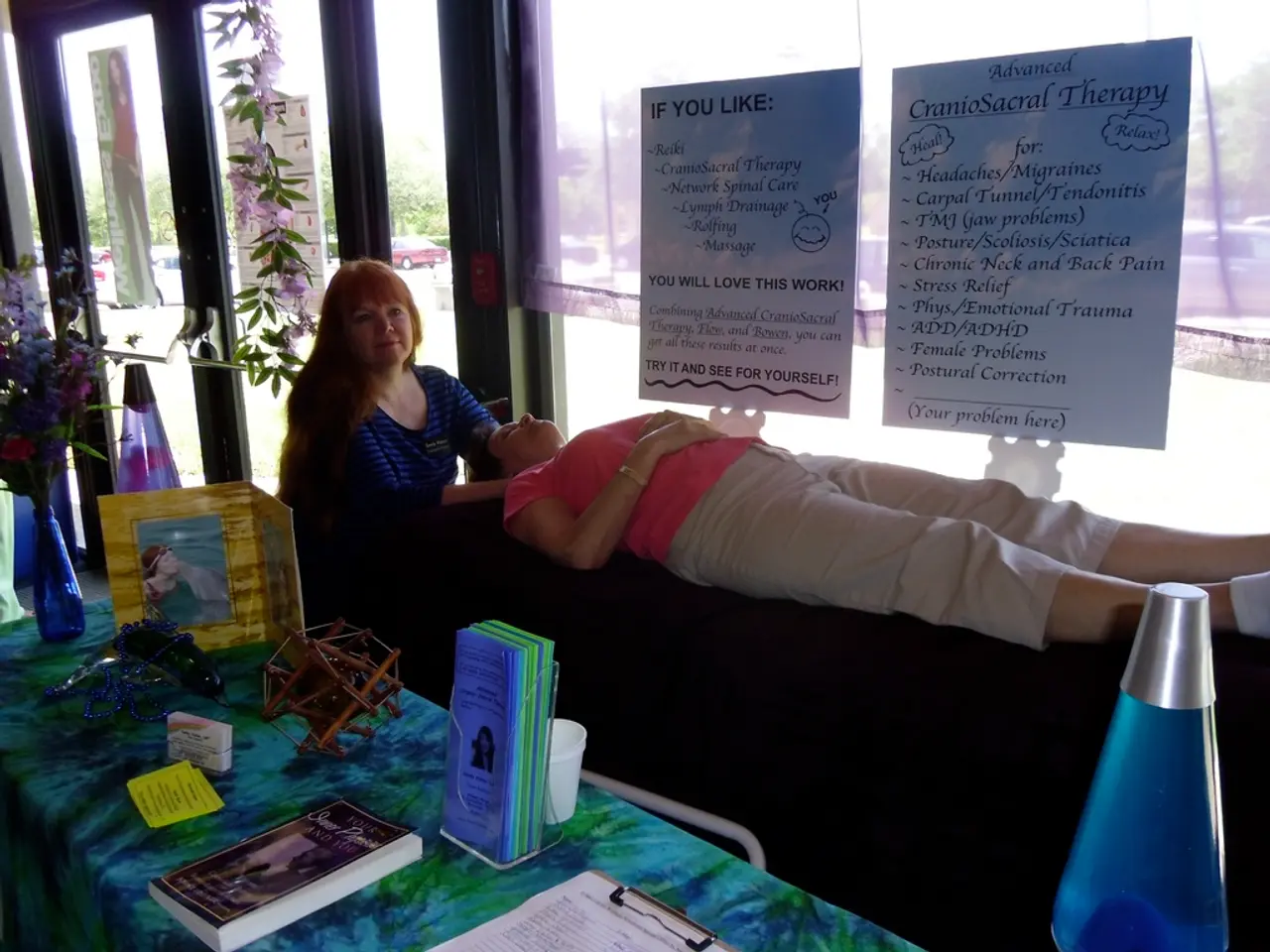Protective Measures for Eyes and Facial Regions
Protecting your eyes is crucial in various work environments and activities. The American National Standards Institute (ANSI) has established standards to ensure the safety and effectiveness of protective eyewear. Here's a breakdown of the key ANSI standards and their applications.
ANSI Z87.1: Impact-Resistant Safety Glasses
The primary standard for impact-resistant safety glasses is ANSI Z87.1. This standard is used in industrial, educational, and general occupational settings. It includes tests and requirements for:
- Basic impact resistance (marked Z87)
- High-velocity and high-mass impact protection (marked Z87+)
- Lens optical clarity and durability (minimum 10 optical tests)
- Eye and face protection against flying debris and other workplace hazards
Z87.1 Eyewear
Z87.1 eyewear is tested for mechanical impact, optical clarity, and lens retention. It is commonly used in industrial jobsites and sports eyewear.
Additional Protection
When wearing prescription glasses, additional protective eyewear may be necessary to meet the minimum ANSI standard for impact resistance.
Chemical Splash Protection
ANSI Z87.1 also covers chemical splash protection, making it ideal for those working with liquid chemicals such as pesticides.
ANSI Z136: Laser Safety Eyewear
The ANSI Z136 series addresses laser safety eyewear and sets guidelines for protection against laser radiation hazards.
- Laser protective eyewear (LPE) must be designed for specific laser classes (Class 3B and 4 lasers require LPE).
- Protection levels are defined by Optical Density (OD), indicating how much laser light is blocked.
- Optical density requirements depend on the laser wavelength and power.
Z136 Eyewear
Z136 eyewear is chosen based on laser class and wavelength; eyewear must match or exceed the nominal hazard zone requirements.
Laser Eyewear Markings
Laser eyewear is marked with OD (Optical Density) ratings specific to laser wavelength—they are not interchangeable with impact ratings.
In summary, ANSI Z87.1 defines impact and general eye protection requirements, while the ANSI Z136 series governs laser-specific protective eyewear with optical density levels matching the laser hazards present. These standards provide clear markings (Z87, Z87+, OD ratings) that indicate the level and type of protection provided.
When using protective eyewear, it's essential to discard pitted or scratched eyewear, and ensure they are clean and defogged. Vented goggles should not be used where liquid/vapor protection is needed. The arm pieces on safety glasses should touch the side of the head and curl behind the ears, and goggle lenses should be centered, with the strap resting low on the back of the head. Protective eyewear should fit snugly and be reasonably comfortable under conditions of use. Elastic headbands on goggles must be flexible and retain adequate elasticity to hold eyewear in place. Always ensure your protective eyewear is approved against the hazard for which it is being used. Clean the lenses of protective eyewear carefully with soap and water.
Protecting one's health-and-wellness is not limited to personal care; it extends to ensuring eye safety in various work environments. Science, particularly the field of optics, plays a significant role in developing protective eyewear standards, such as ANSI Z87.1 for impact-resistant safety glasses and ANSI Z136 for laser safety eyewear. These standards cater to different hazards, including high-velocity impacts, flying debris, and laser radiation, offering health-and-wellness benefits to workers in industries like manufacturing and research.




